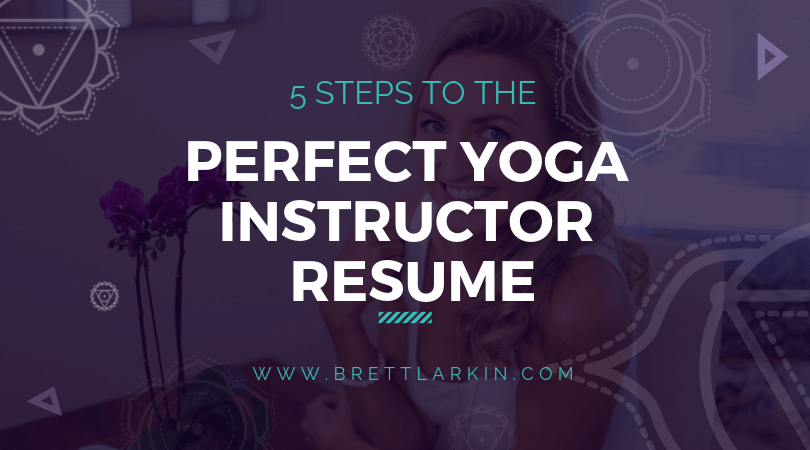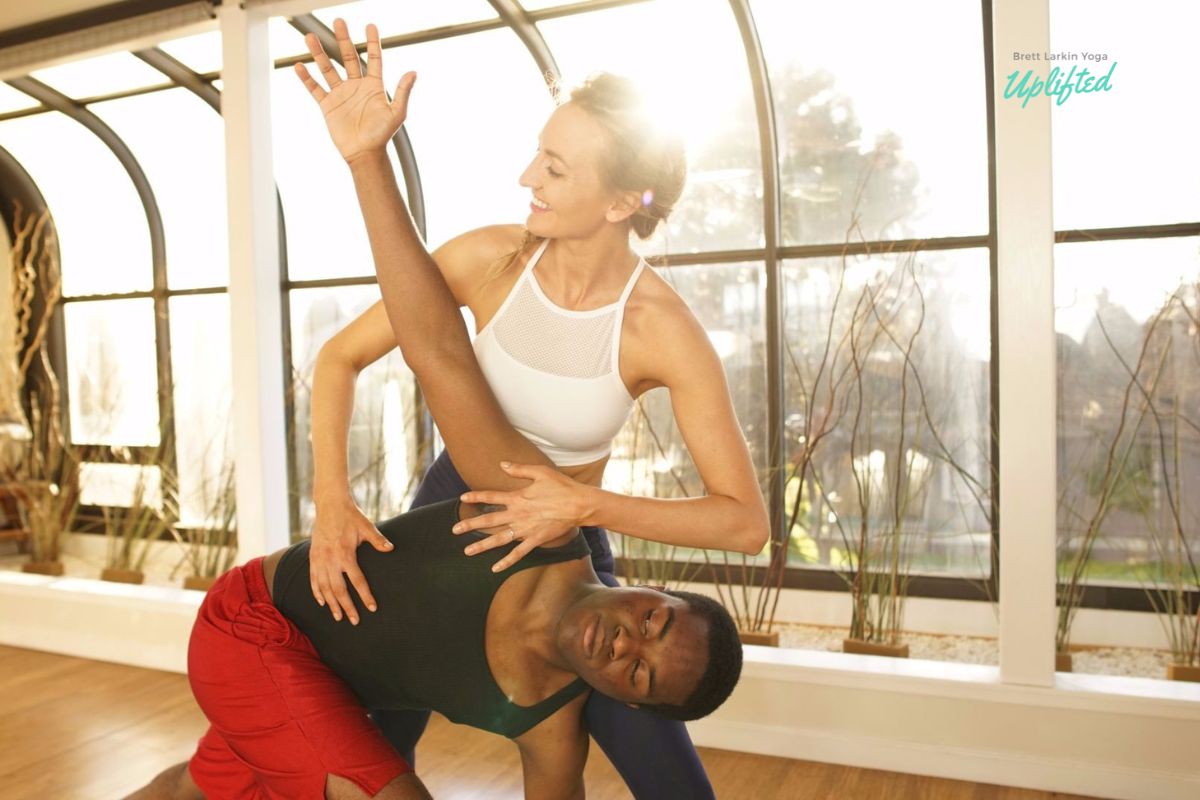I remember the feeling just after completing your first yoga teacher training, with yoga still coursing through your veins, you feel as though you’re coming down from a high like no other.
Your body still feels aaah-mazing from the weeks of intensive asana practice.
Your mind is a haven of serenity, chock-full of inspiration and ancient yoga wisdom.
Your eyes may fill with tears as you remember the support you felt from your community of fellow yoga students and teacher trainers.
You feel ready to go.
Ready to bust out of the YTT gates and snag yourself a sweet teaching gig.
Only one thing stands in your way….
Oh, right.
You still need to show those yoga studio hiring managers just how wonderful you are.
What’s your very first step?
Introducing yourself with a kickass yoga instructor resume.
Unless you plan on working for the same yoga teacher who led your teacher training course, you can’t expect every employer to immediately understand your qualifications and teaching experience.
This is where your yoga teacher resume, or curriculum vitae (CV), comes into play.
Your yoga instructor resume serves one major role: to convey trust and confidence between you and your potential employers.
To make them want to meet, greet, and shake your hand in an in-person interview or audition.
Learn how to build a strong, successful, and authentic yoga teacher resume from the ground up using these simple tips and tricks.
Your next step? Teaching the yoga classes of your dreams!
Step 1. Understand the Purpose of a Yoga Resume
These days, there are about as many yoga teachers carousing the wellness and fitness world as there are kettlebells.
They’re a dime a dozen.
However, it’s important to note the distinction between an RYT who is qualified to teach yoga and an RYT who is ready to teach yoga.
Simply completing your first Yoga Alliance 200-hour yoga teacher training program won’t necessarily prepare you for leading group classes to huge numbers of students, running retreats by yourself, or opening the next hit yoga studio.
I generally recommend biting off smaller chunks of work experience to gain the type of credibility potential employers are looking for.
Assist the classes of a friend or mentor, offer donation-based yoga classes in a local park, turn your family and friends into your very first private clients and teach them a personalized sequence of postures.
When you’re ready to apply to teach in the more popular gyms or studios, use your yoga resume to share key points of information about your employment history, experience, and qualifications.
It’s important to note that most employers in the yoga community prefer to hire yoga teachers from their own pool of students.
So, if there is a yoga studio where you would love to provide classes, practise there!
This way, your future employer has seen the way you approach yoga postures, the dedication you display for the practice, the level of respect you have for other students and teachers, and how you present yourself in a studio setting.
It’s heaps easier to learn these things in-person, rather than from a certification or a professional resume.
If you are able to take regular classes at a studio and build a positive relationship with the studio owners, then the purpose of your yoga instructor resume is to provide hard data about your experience.
However, if you are applying for a teaching position in a new space, your yoga resume must create that bond of trust and confidence.
Fall in love with my 300-Hour teacher training or …
Step 2: Choose a Tool to Create Your Resume
So, how does a piece of paper create a bond of trust and confidence?
Through professionalism, facts, and authenticity.
These are critical components to put a prospective employer at ease and allow them to feel intrigued and open to the idea of getting to know you personally.
Start with professionalism.
Yoga teachers aren’t exactly known for showing up to interviews wearing three-piece suits, so we infuse the hiring process with professional tact in slightly different ways.
Sending in a clean and professional-looking resume is a great way to show that you are adept and care about the way you present yourself.
Luckily, there are many free online tools you can use to create a resume that is pretty and appealing even if you don’t know squat about graphic design.
Try tweaking some of the ready-made traditional resume templates on a resume builder such as Canva, or turn to Etsy.com for a resume sample that you can easily make your own. Many of these are available as instant downloads for purchase and are really eye-catching.
Try these resume templates…
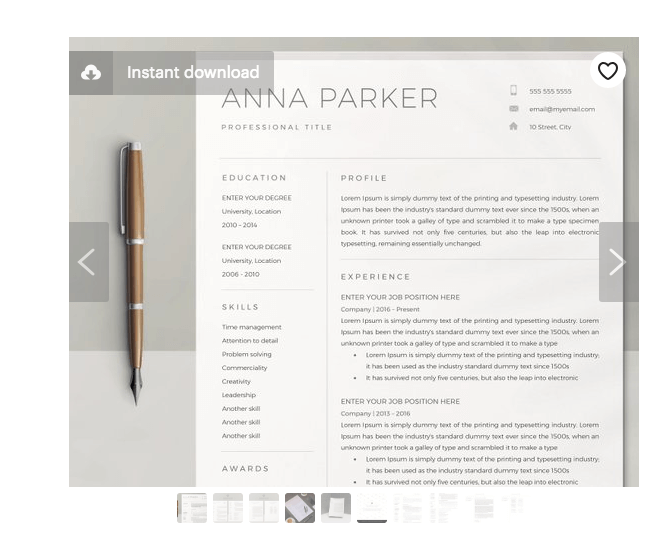
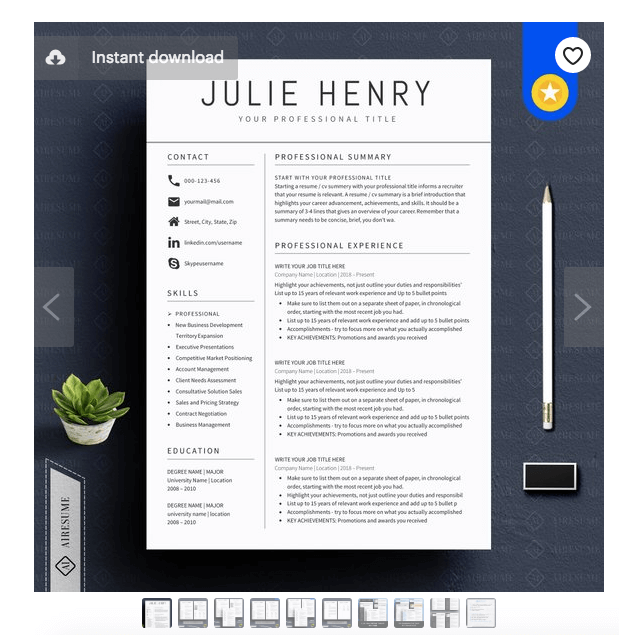
Step 3: Know What to Include In a Resume
Every yoga teacher resume should include the following resume sections:
Basic Information
- Name
- Email Address
- Phone Number
- Website, if you have one
- Photo
- Note: Remember when I mentioned authenticity as one of the key purposes of your yoga resume? Showing your face communicates trust on a primal level.
If you are going to include a photo on your professional resume, it should be a professional photo of either your face or a simple yoga pose.
Some gyms make it a requirement to include a photo of yourself when you apply for a position, so whether or not you choose to feature your face on your official resume, be prepared with a clean, friendly headshot.
Education and Training
For every yoga training course, workshop, or immersion you’ve completed, list:
- Type of training program (i.e. 200-hr Vinyasa YTTC, 300-hour YTT, Yoga Therapy Training, Kids Yoga Teacher Training)
- School or organization you studied with (i.e. CorePower Yoga, Kripalu Yoga Institute)
- Where the program was held (i.e. online yoga teacher training, or Denver, Colorado)
- How many hours of training, if it isn’t obvious (i.e. 20-Hour Hatha Anatomy workshop)
- When you took the program (i.e. July 2015)
List these in reverse chronological order, and make them super easy to read.
You can help your potential employer out by using big, bold letters and plenty of empty space around these key bits of data.
An example might look like this:
200-Hour Yoga Teacher Training
Uplifted Yoga School, Online
Jan 2018
Take my quiz to find out which YTT is best for you:
Work Experience
Here is where you get to share your employment history, or what makes you an experienced yoga teacher who is both ready and qualified to teach.
For each job or position, list:
- Your title (i.e. Restorative Yoga instructor, Retail Manager)
- For whom you worked (i.e. Namaste Studio, Jennie Crabtree Yoga)
- Where you taught (i.e. Miami, FL)
- How many years’ experience (i.e. October 2017- present)
- Why this work makes you qualified to teach
This is where true yoga resume writing strategy comes into play. In the yoga industry, your recruiter wants to see how your experience has shaped your career and teaching skills.
They will also want to be able to easily visualize your teaching style fitting into their gym or fitness studio, yoga retreat center, or yoga school and trust that you will create a professional yoga experience for their clients.
So do a bit of thinking about your professional experience, and figure out the most relevant ways to tailor your resume for each yoga job.
Did you create a smooth sign-in process for students attending workshops? Did you provide expert customer service? Did you hone your teaching skills while leading mindfulness exercises at a local elementary school?
Keep the bullet points of each professional summary brief and to the point, including hard data and action verbs where you can. This will be useful when creating your yoga teacher bio, too. With a few authentic and clever phrases, you can help your employer truly imagine you becoming a key member of their team.
You might also like: 20 Awesome Ways To Make Money As A Yoga Instructor
Step 4: Be Thorough Yet Succinct
Here are a few aspects a functional resume should include that are often overlooked but can go a long way in resume writing.
- Go beyond the yoga teacher certification. Show your transferable skills. Do you have a college degree? A massage certification? Any training in art, music, or graphic design? Put it on there.
- Show your range of styles. If you’ve taught more than basic Hatha classes throughout your career, show it! Include any experience teaching pranayama, mindfulness, meditation, fitness, or dance.
- If you are willing to do front-desk work, a “karma yogi” work exchange, or social media for the yoga studio, say so!
Finally, remember a golden rule of resume format: keep it to a single page.
Create a resume any longer than a one-page resume, and you run the risk of appearing unprofessional and losing the attention of the hiring manager.
Step 5: Always Include a Cover Letter
You don’t have to make a career out of writing to include a cover letter each time you apply for a position at a yoga studio.
Simply introduce yourself, share a bit about your relevant skills and accomplishments, and explain why teaching yoga is your career objective.
If the position doesn’t require one, a few sentences in an email will do perfectly.
In short, a good resume is helpful, eye-catching, easy to read, and human.
Create the yoga teaching career of your dreams, one wonderful professional experience at a time!
Next Steps:
- Explore my Yoga Teacher Resource knowledge hub for more tips about how to grow your yoga business.
- Download my sequences for a jumpstart on your upcoming yoga classes!
- For more detailed tips, processes, and worksheets to supercharge your yoga business, download my yoga business launchpad course!
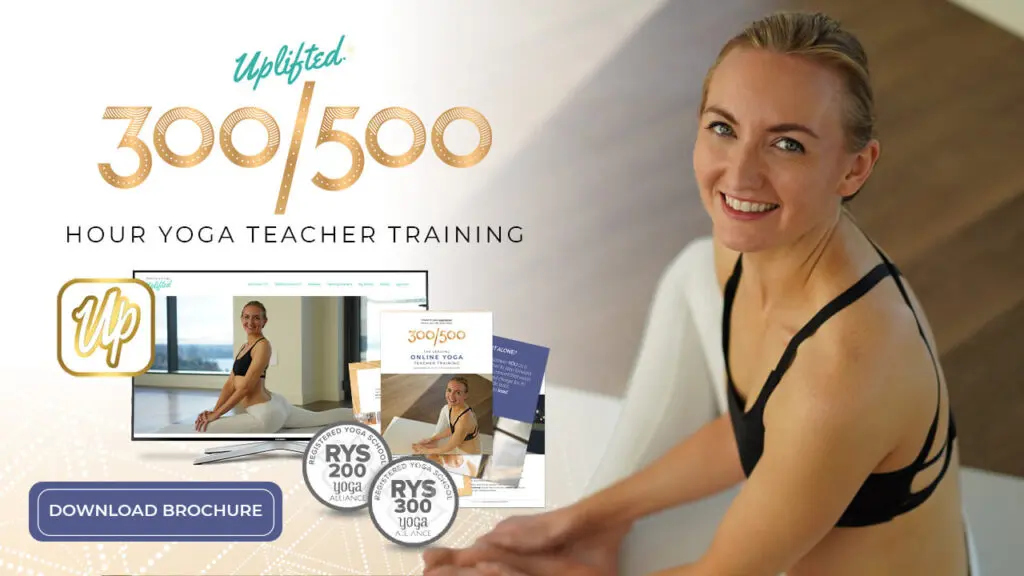
Sneak Peak into My 300-Hour YTT - FREE Videos, Info Session, Bonuses!
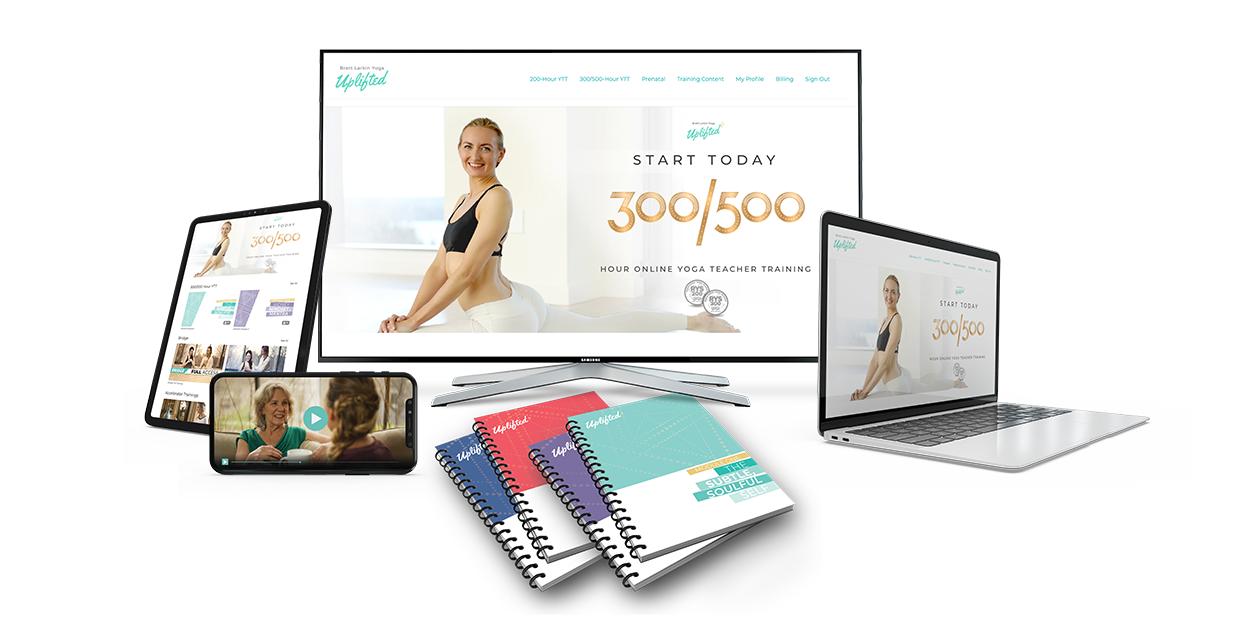
YOU MIGHT ALSO LIKE
- Somatic Yoga Workshop Ideas for Teachers
- Somatic Yoga For Yoga Teachers: Everything You Need to Know in 10 Steps
- How to Teach Somatic Yoga: A Practical Guide for Instructors
- How Much to Charge for Zoom Yoga Class: A Practical Pricing Guide
- Comprehensive Guide to Your Yoga Service Agreement
- How To Create Mindful Somatic Yoga Sequences Your Students Will Love
- What Is Mindset Coaching? A Complete Breakdown
- 5 Affordable Yoga Teacher Insurance Plans (Updated 2024)
- How To Make A Life Coaching Intake Form
- 7 Steps To Start A Life Coaching Business
- What Is A Self Love Coach? And How To Become One
- Self-Coaching: How To Become Your Own Life Coach
- Types Of Life Coaches: How To Choose Your Life Coaching Niche
- 20 Awesome Ways To Make Money As A Yoga Instructor
- Life Coach Marketing: A Comprehensive Guide For Long-Term Growth

